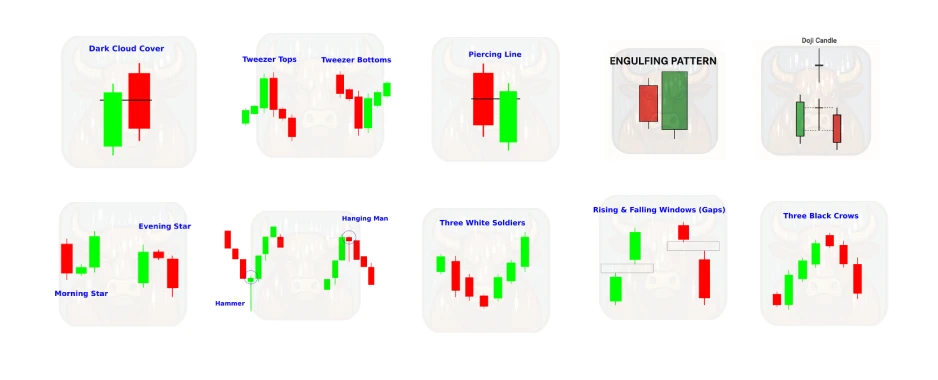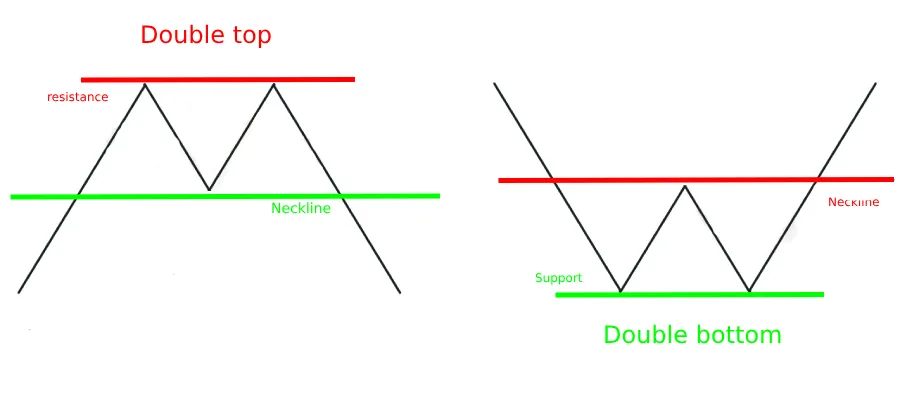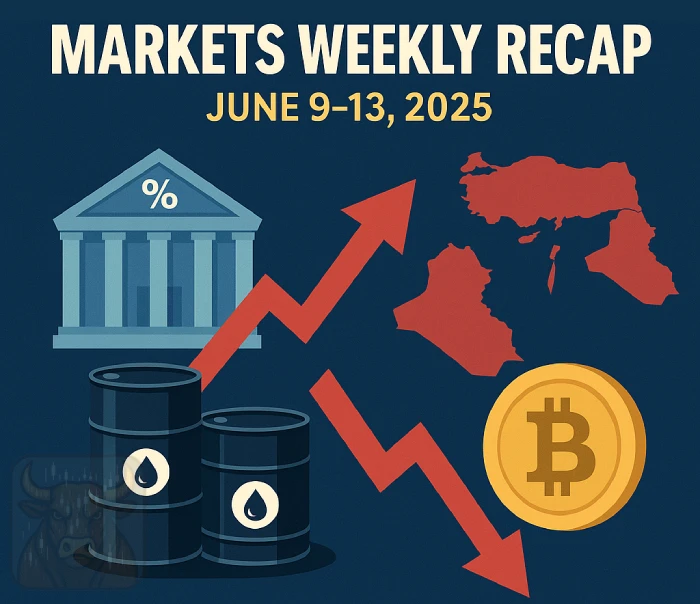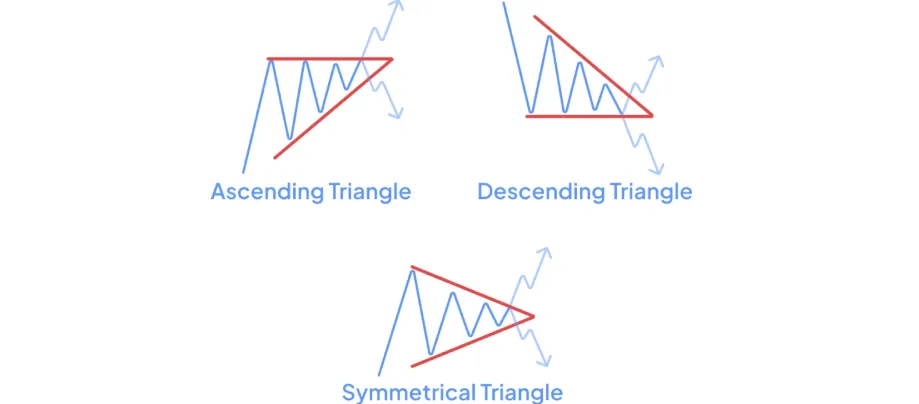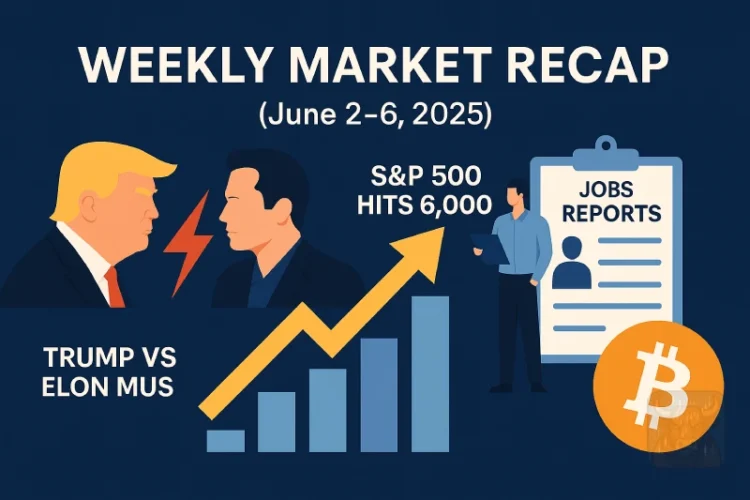
📊 Weekly Market Performance (June 2–6, 2025)
| Index | Close (June 6) | Weekly Change |
|---|---|---|
| S&P 500 | 6,000 | ▲ +89 pts (from 5,911) |
| Dow Jones | 42,758 | ▲ +562 pts (from 42,196) |
| Nasdaq | 21,761 | ▲ +421 pts (from 21,340) |
✅ U.S. equities posted a strong weekly performance. The S&P 500 returned to the 6,000 level, the Dow Jones surged over 500 points, and the Nasdaq posted a solid rebound, all reflecting investor confidence in a resilient labor market and easing trade concerns.
📅 Monday, June 2 — Muted Start, Global Caution
- ISM Manufacturing PMI (May): Fell to 48.5, below the expected 49.5 and April’s 48.7. This marked the third consecutive month of contraction in the U.S. manufacturing sector.
- Despite weak PMI data, equity losses were moderate, with investors positioning ahead of key events later in the week.
- The U.S. Senate initiated debate on Trump’s fiscal proposal, including broad tax cuts and spending plans, which raised concerns over deficit expansion.
- Peso (MXN) strengthened to 19.19/USD as the dollar weakened slightly on soft data and anticipation of global trade resolutions.
📅 Tuesday, June 3 — Tariffs Escalate, Growth Outlook Cut
- The OECD revised down U.S. GDP growth for 2025 to 1.6% (from 2.2%), citing weaker trade flows, tighter credit conditions, and fiscal uncertainty.
- In a major policy move, President Trump doubled steel and aluminum tariffs from 25% to 50%, citing national security concerns under Section 232. The U.K. received a temporary exemption.
- Markets digested the tariff announcement cautiously. Industrials and materials stocks dipped modestly.
- The U.S. dollar weakened, while the peso closed at 19.23/USD, slightly lower due to global risk rebalancing.
📅 Wednesday, June 4 — Jobs Miss, Tariffs Bite, Market Mixed
- ADP Private Payrolls (May): Reported 152,000 new jobs, below forecasts of 175,000. The data hinted at moderating job growth after a strong start to the year.
- Trump’s 50% metal tariffs officially took effect, fueling concerns of retaliation from trading partners and potential cost pressures in manufacturing and construction.
- Equity markets were mixed:
- The peso strengthened to 19.18/USD, supported by regional optimism and favorable carry trade dynamics.
📅 Thursday, June 5 – Markets Rattle After Trump Attacks Elon Musk
Thursday saw the week’s most dramatic market move after Donald Trump criticized Elon Musk, triggering a mini tech sell-off:
“You can’t say you’re an American company and move jobs to China and Mexico,” Trump posted on Truth Social. “Elon should pick a side.”
- 🚗 Tesla shares fell over 16% intraday, dragging down the Nasdaq and S&P 500.
- 🗳️ Analysts saw this as an early sign of protectionist policies if Trump regains the presidency, especially targeting EV and tech manufacturing abroad.
- 📉 Broader indices pulled back, with tech leading the losses.
- 📄 Initial jobless claims rose to 247,000, a 7-month high, raising mild concerns about labor softness.
- ⚖️ The market briefly priced in a higher probability that the Fed would delay any interest rate cuts until September or later.
📅 Friday, June 6 — Strong Jobs Report, Market Rallies, Trade Talks Return
- The Nonfarm Payrolls Report for May surprised to the upside with 139,000 jobs added, beating estimates.
- Unemployment rate held steady at 4.2%, and average hourly earnings rose 3.9% YoY, signaling continued wage momentum.
- Equity markets rebounded:
- Boosted by jobs strength and new headlines, all major indices gained sharply.
- The U.S. and China will restart trade negotiations on June 9 in London, offering a diplomatic lifeline after months of tariff escalation.
- The peso strengthened again to 19.10/USD, now at its strongest level since August 2024, as risk appetite grew across emerging markets.
🔥 Most Important of the Week: Trump vs. Musk Clash Shakes Wall Street
This week’s biggest headline came from a public feud between President Donald Trump and Tesla CEO Elon Musk.
Trump accused Musk of “economic disloyalty” for expanding Tesla’s manufacturing footprint in Mexico and China, warning that the company could lose federal contracts if it doesn’t redirect investments back to the U.S.
In response, Musk defended Tesla, stating it already creates tens of thousands of American jobs and that production decisions are based on logistics and global efficiency, not politics. He also hinted that Trump’s remarks were meant to “politicize the economy” ahead of the elections.
📉 The confrontation rattled investors:
- Tesla shares dropped nearly 16% intraday on Thursday.
- Tech and auto sectors saw increased volatility as fears grew over future regulatory crackdowns.
This unexpected clash underscored the fragile balance between the private sector and political leadership in an election year—and reminded traders that market risk isn’t always economic.
💡 Key Takeaways
- ✅ U.S. equities rose strongly, led by the S&P 500’s return to 6,000.
- 👷 Labor market data showed resilience, especially with nonfarm payrolls and wage growth beating expectations.
- 💥 Trump’s 50% metal tariffs are now in effect, raising tensions and costs across industrial sectors.
- 💬 Trump vs. Musk shook tech stocks midweek, showing the impact of political volatility on investor confidence.
- 🌍 U.S.–China trade talks are back on, providing a diplomatic window for de-escalation.
- 💱 The U.S. dollar weakened, boosting the Mexican peso to multi-month highs and supporting emerging market flows.
📌 Final Thoughts
This week brought a mix of resilience and tension. While strong job numbers and steady economic data supported Wall Street’s upward momentum, the political heat, especially the Trump vs. Musk dispute—reminded investors that 2025 remains a high-stakes year.
🚨 Traders should keep a close eye on upcoming Fed decisions, international trade developments, and political headlines that could reshape the market narrative in an instant.
Stay focused. Stay informed. Volatility is opportunity—if you’re prepared.
See you next week for another full breakdown of markets, money, and momentum.


